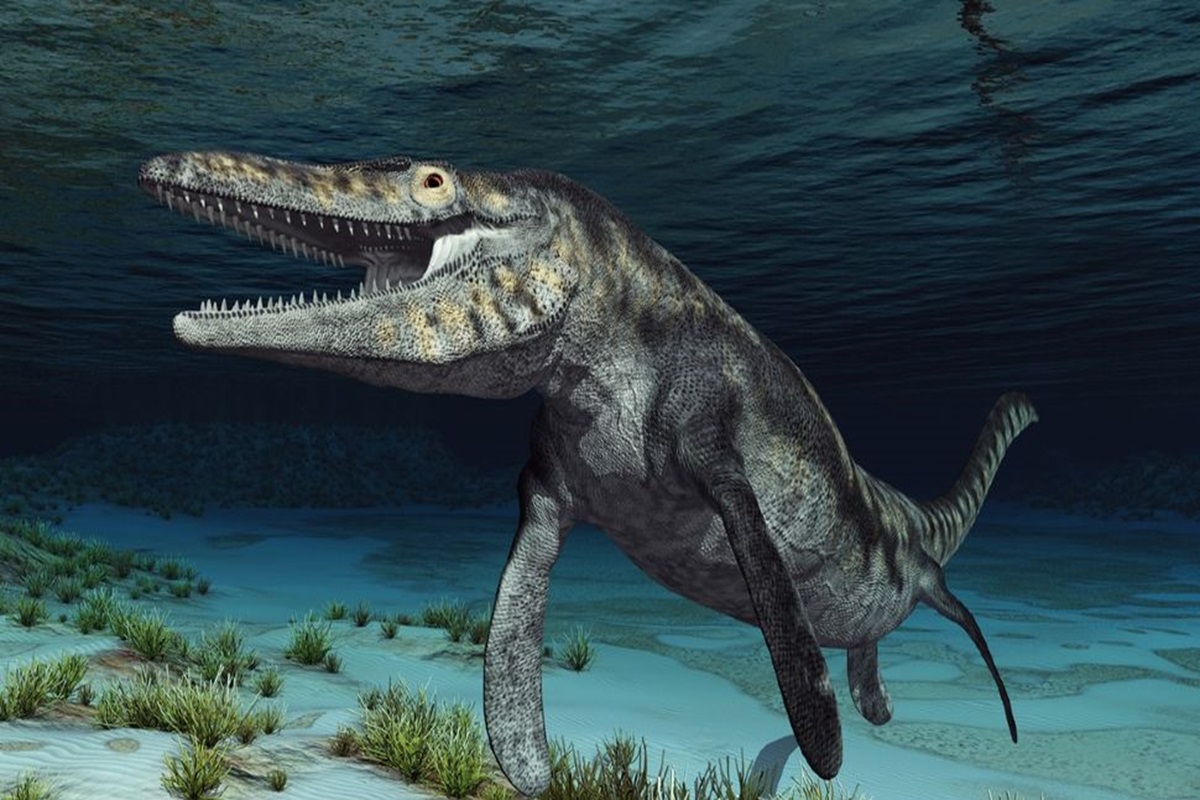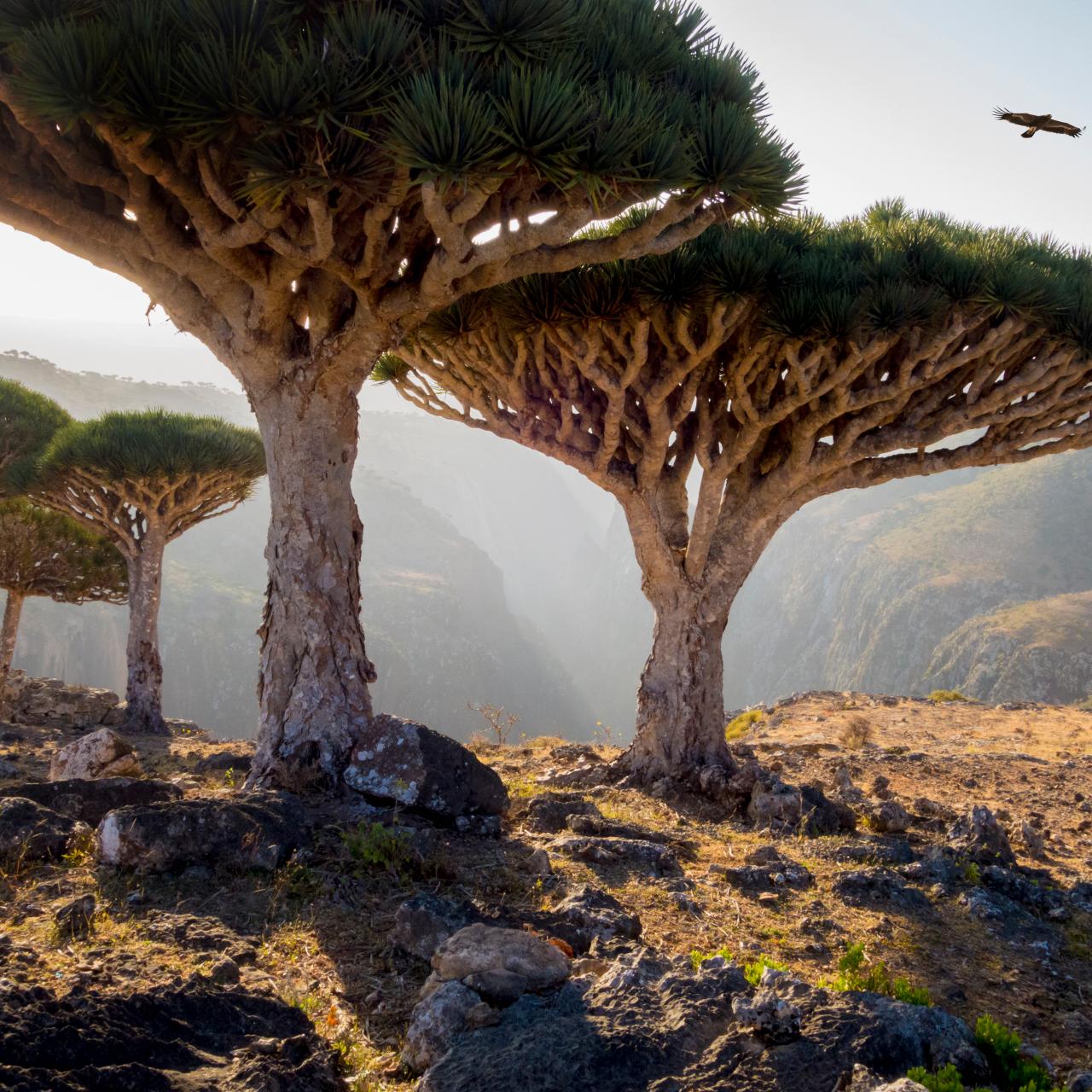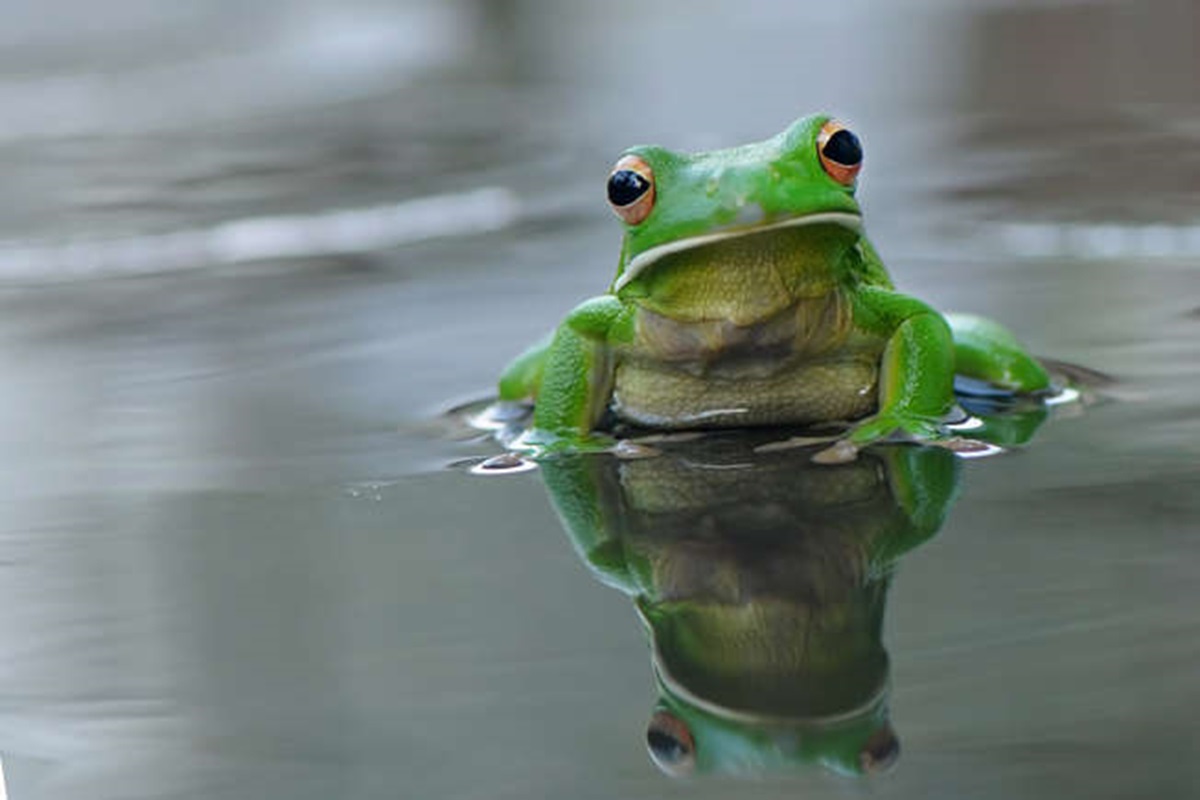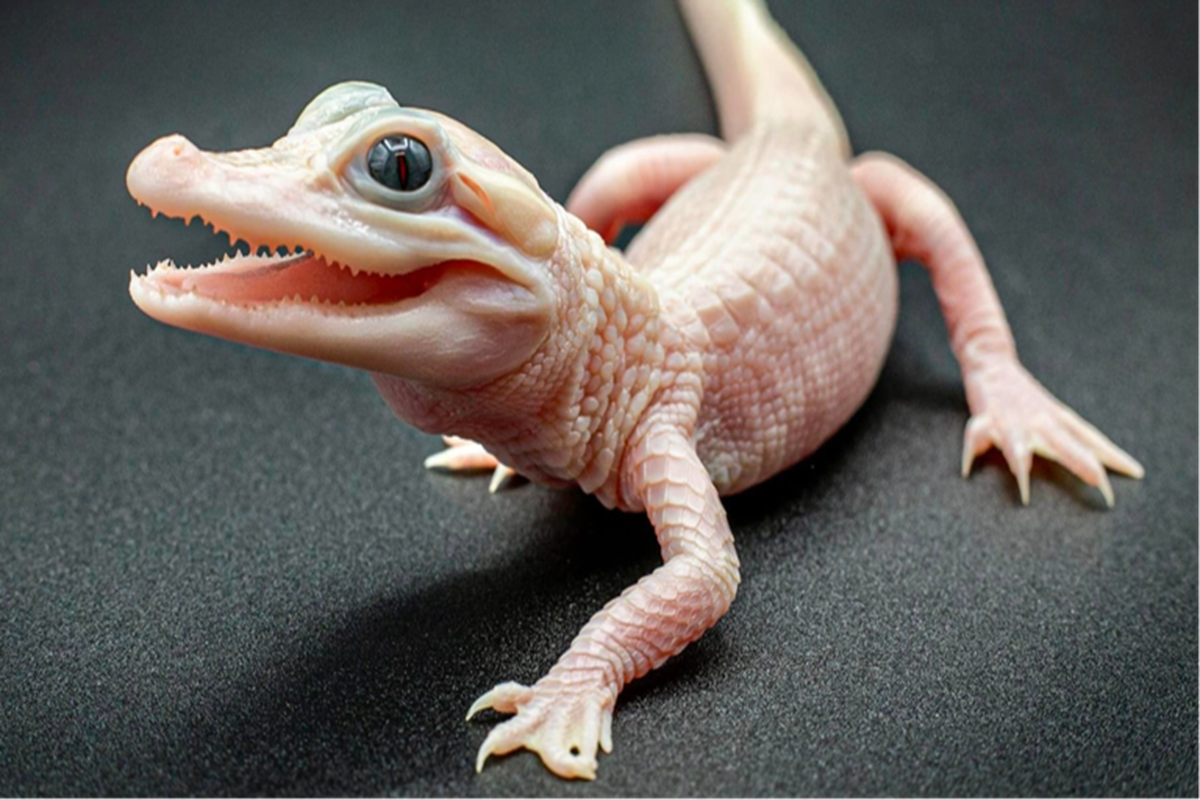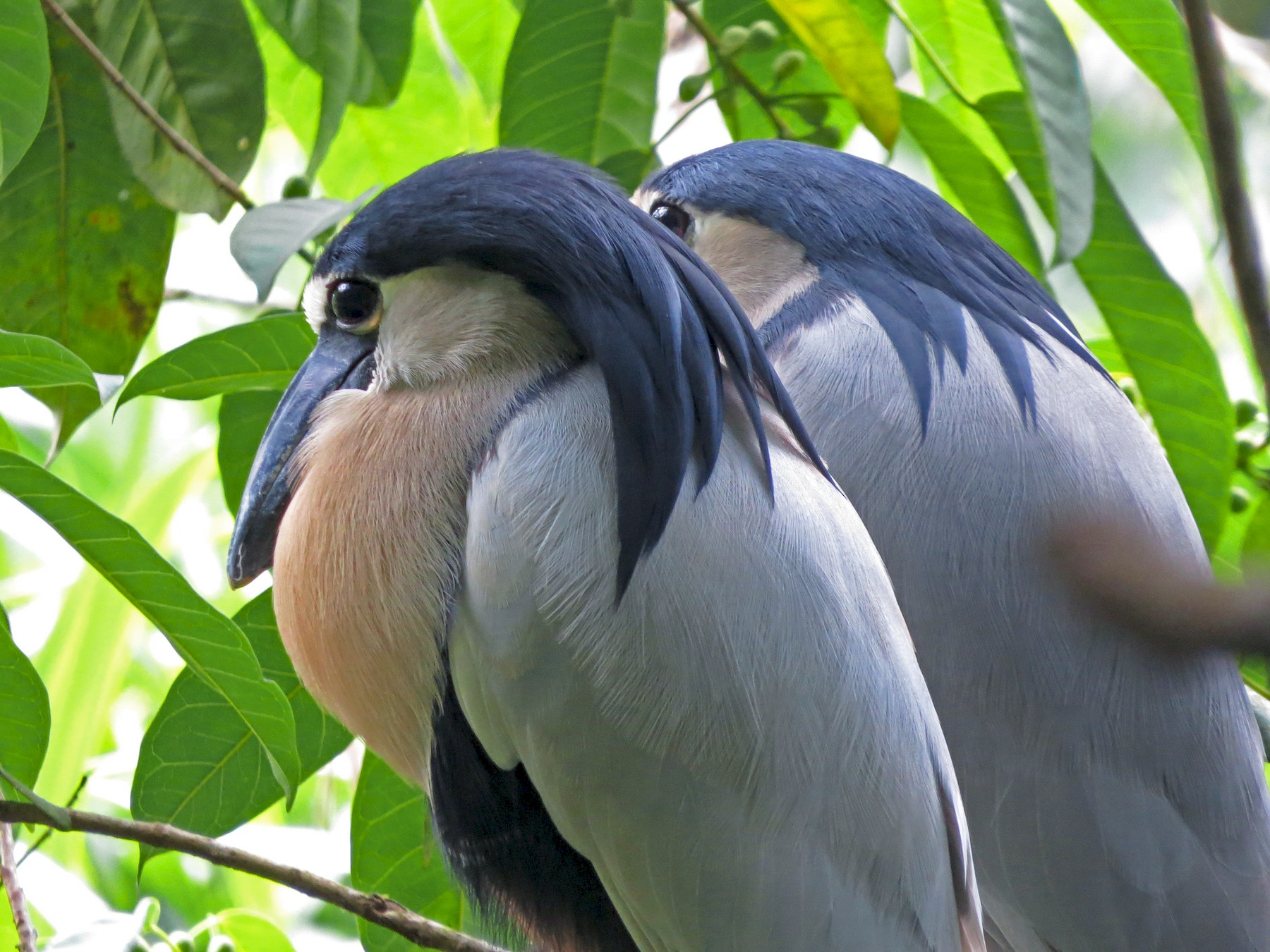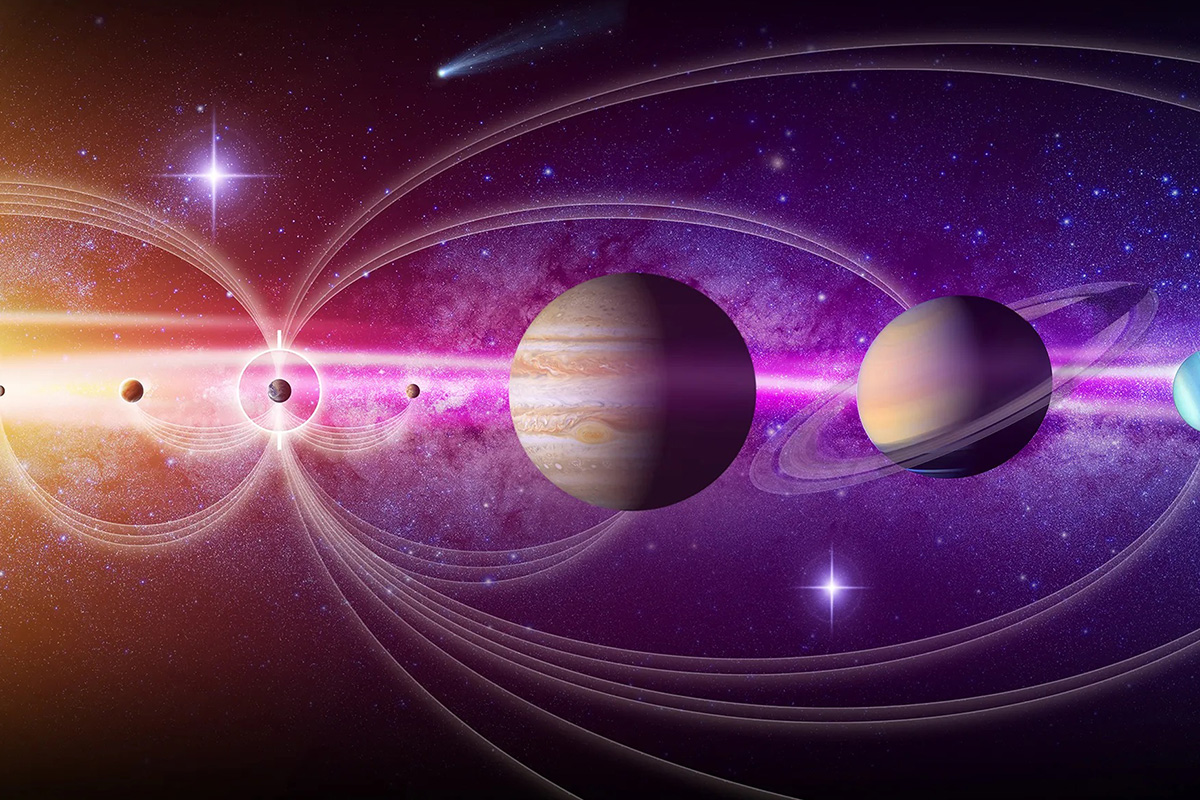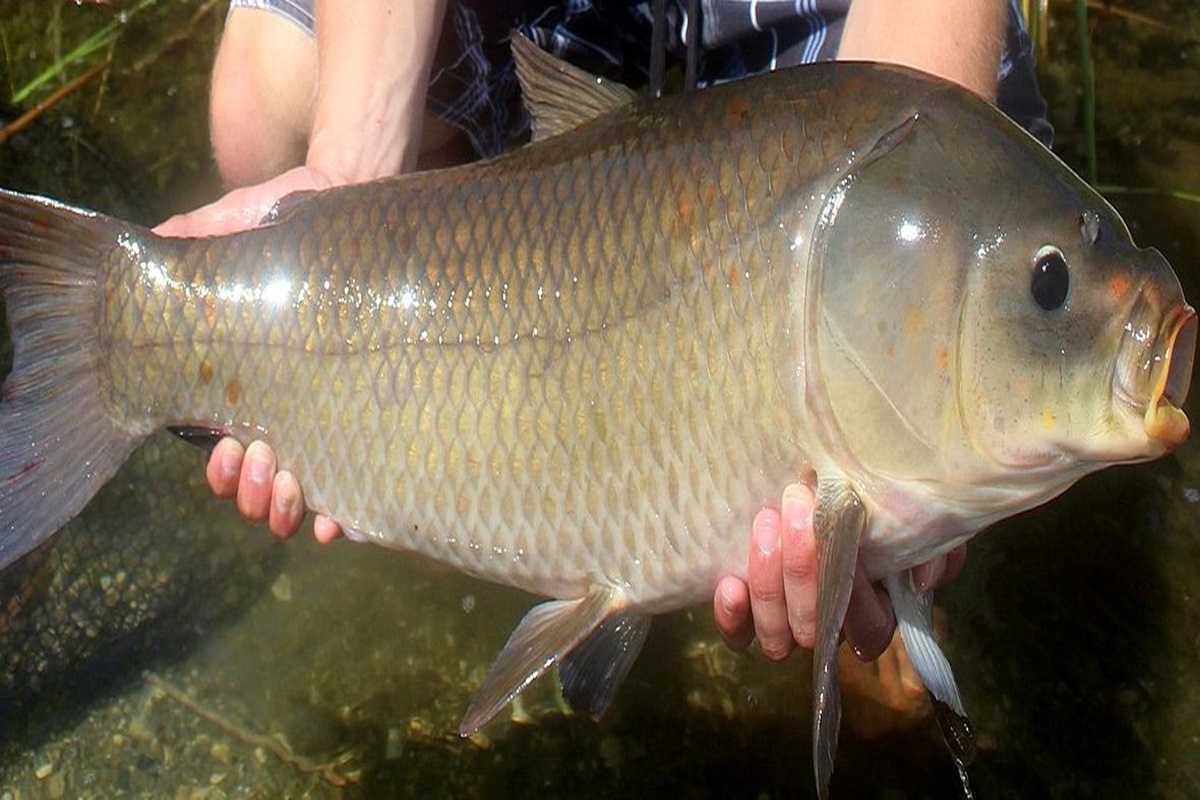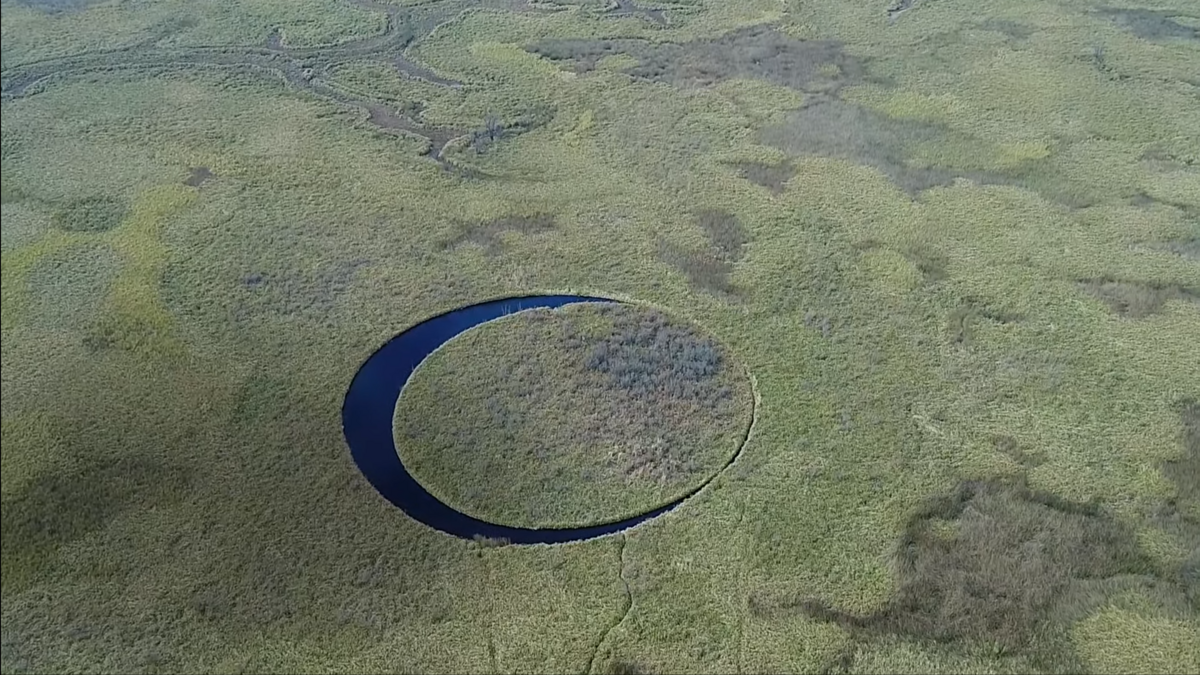In the ever-changing world of jobs, there’s a rising star that’s making a significant impact – careers in renewable energy and sustainability. As we step into 2024, these jobs are gaining more importance, and if you’re wondering how to be a part of this green revolution, you’re in the right place.

The demand for renewable energy jobs is on the rise, and companies are looking for individuals who can be champions of sustainability. These jobs focus on harnessing power from sources like the sun, wind, and water, moving away from traditional fossil fuels that harm our planet.
A variety of jobs fall under the umbrella of renewable energy and sustainability. You have roles like solar power technicians, wind turbine engineers, and sustainability consultants. These jobs are like superheroes working to create a cleaner and greener world.
Now, you might be wondering, “What skills do I need to enter this green workforce?” Well, let’s break it down:
– Knowledge of Renewable Energy Technologies: Understanding how solar panels work, the mechanics of wind turbines, and other renewable technologies is crucial.
– Analytical Skills: You’ll need to analyze energy usage patterns and suggest eco-friendly solutions, making the planet a better place.
– Understanding Policy and Regulations: Knowing about the rules and regulations related to renewable energy will make you a valuable asset in this field.
Sustainability is not just a buzzword; it’s a way of life. Companies are looking for individuals who can help them adopt sustainable practices. This can involve reducing waste, minimizing carbon footprints, and creating eco-friendly policies. If you’re aiming to be a sustainability champion, here are the skills you’ll need:
– Critical Thinking: You should be able to analyze situations and come up with sustainable solutions.
– Communication Skills: Expressing complex ideas clearly is vital when you’re trying to convince others to adopt sustainable practices.
– Knowledge of Environmental Policies: Understanding the policies related to environmental protection will guide your sustainability efforts.
As we look ahead to 2024, the future of renewable energy and sustainability jobs appears promising. Governments and businesses worldwide are realizing the importance of going green, creating more opportunities for individuals passionate about making a positive impact on the environment.
